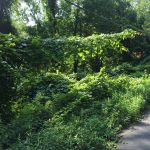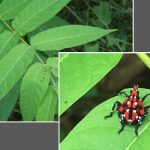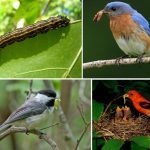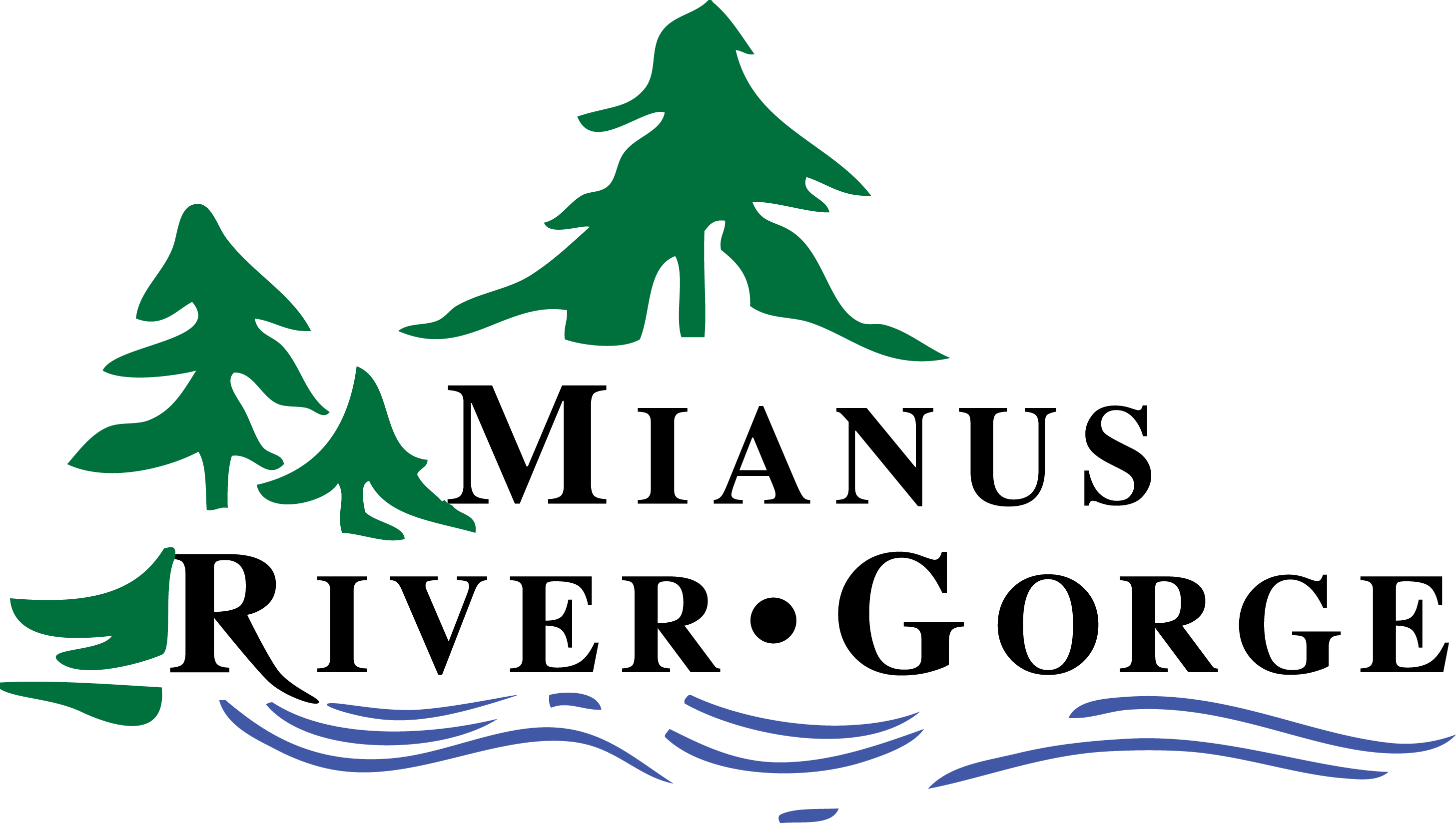The Outdoor Observer by Rod Christie

Driving around at this time of year one gets a chance to look into the forest and view firsthand the changing of the northeast landscape. Forest trees are getting older (the better to store carbon), fields are growing into forests as farms are no longer in production and the woods are dominated by many species that were not here 30 years ago. Soils historically rich in mycorrhizal fungus have been changed by years of cultivation and animal grazing. These changes have made them susceptible to an invasion by a vast array of new species of plants and animals, an unfortunate side effect of our robust trade with other countries. Japanese barberry has overtaken the understory in many places along with autumn olive, bush honeysuckle, euonymus, common privet, and others. Roadways, once bordered by rich forests, are now draped with exotic vines like Japanese bittersweet, porcelain berry, mile-a-minute weed, and more. So as our landscapes change and adjust to this “New Norm”, should we give up and just let it happen? Are these new species that bad? They provide some habitat for native wildlife and surely some native species eat the seeds of non-native plants? What is all the fuss about?
In an effort to unravel the good and bad of invasives, let’s first look at what they provide. Species like Euonymus (burning bush), bush honeysuckle, common privet, non-native viburnums, and numerous other shrubs and trees provide structural nesting and resting habitat for native birds. And native birds do eat their seeds; that we know because birds transport the seeds everywhere. Of course it can be debated among biologists as to whether non-native seeds are as nutritious as natives. They may just fill birds up, but not fuel them as much as needed. But what I think is the most significant problem with non-native plants is what they are not providing – food for our native insects.
I recently saw a presentation by Doug Tallamy, University of Delaware, which pointed out that on any one native oak tree one may find thousands of caterpillars. And even more important, those thousands may be hundreds of different species. Why is this so important? Because many birds and other predators feed their young almost exclusively on high protein and fat containing caterpillars. Each spring they target specific native trees and shrubs to supply the thousands of caterpillars they need to raise a nest of young. And with a diversity of insect species on each tree, they are not out of luck if a certain insect population is low that year–they can mix and match to find the numbers they need.

On the other hand, a non-native species of tree like Ailanthus (tree of heaven) provides very little food for native insects. It just hasn’t been around long enough for native insects to figure out how to get past its toxic defenses to eat it. Therefore, Ailanthus thrives without any predators to help keep it under control. Ailanthus is also capable of suppressing competition with its allopathic chemicals, another great advantage. Ailanthus is more likely to be eaten by a non-native “invasive” species of insect from its native land like the recently reported invasive spotted lanternfly. Unfortunately, Ailanthus has evolved along with the lanternfly and has adapted to its predation. Even more unfortunate, the lanternfly eats Ailanthus during certain times of the year, but also is quick to adapt and eat native plants like apples, grapes, and other species as well.
With plants being the start of most food chains, non-natives are a dead end for native predators. With less insects there are fewer birds, small mammals, and so on all the way up the food chain. When natives are present, wildlife can easily feed and rear young, but non-natives actually function as a sink – sucking up time and energy without the food reward. The result is non-native plants that thrive without any insect or mammal predators to keep them under control, enabling them to take over areas and create dead zones for native wildlife.

So can we do anything about this? We can remove invasives where we find them and try to replant natives. This may be effective, but its success depends on what we plant. We don’t just want to plant the “pretty” landscape trees and shrubs, but those that have the greatest potential to provide food for native wildlife. Trees like oaks (Quercus), cherry (Prunus), willows (Salix), poplar (Populus), birch (Betula), and maple (Acer) all host huge numbers of caterpillar species. In fact, according to Doug Tallamay’s research cherry hosts over 400 species of butterfly and moth caterpillars and its fruit is also eaten by numerous other types of wildlife. Oaks are one step better, hosting over 500 species and feeding countless species of wildlife with their acorns.
How can you help? Be sure to cultivate native species as much as possible. And when you do replant, plant those native species that have the greatest potential to do the most good. If we don’t, our future forests and fields may not be too lively with the native species we have all come to enjoy.
